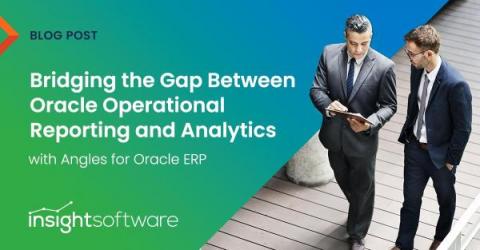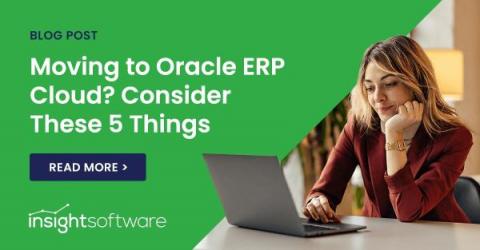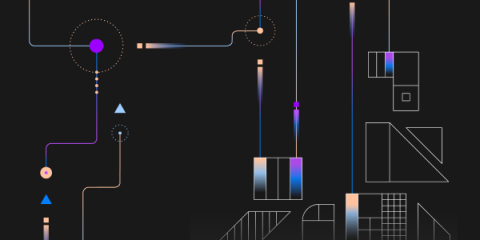Top 5 Best Practices for Moving to Oracle Cloud ERP
Oracle Cloud ERP enables businesses to harness the power of the cloud with built-in security, easy access to data, and native reporting tools. Offering scalability, security, and greater visibility into your organization’s information, this ERP comes with a variety of benefits. But when you’re looking to transition into a cloud-based ERP, where do you start? Here, we discuss the top five best practices of moving to Oracle Cloud ERP.











